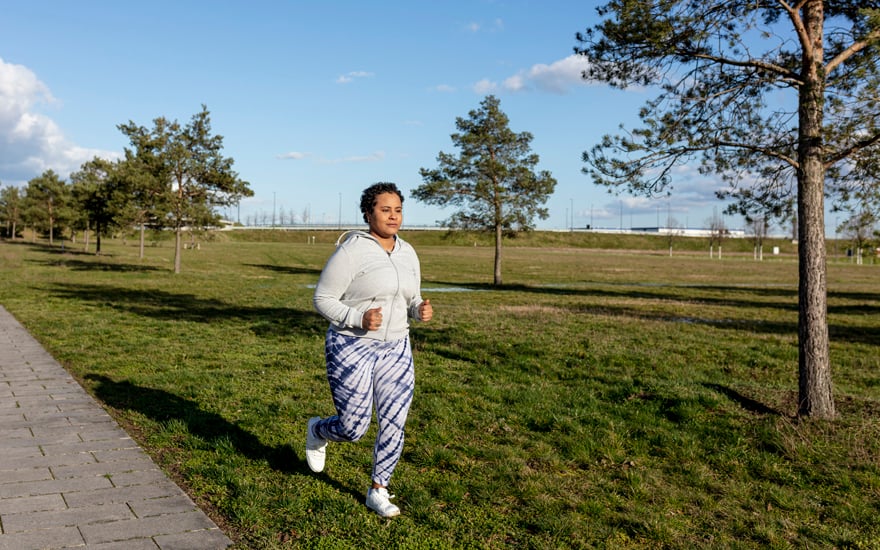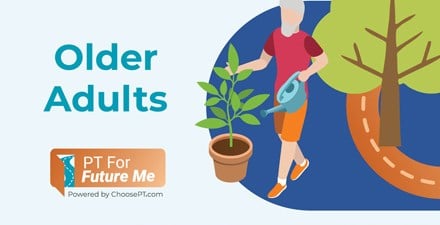
Getting the recommended amount of physical activity can lower depression risk. There is a lot of evidence that supports this claim. Regular physical activity also can prevent or improve many chronic conditions.
But what if you don’t — or can't — achieve the recommended amount? The Department of Health and Human Services recommends 150 to 300 minutes of moderate to vigorous intensity physical activity per week for substantial health benefits. This may feel like a lofty goal for some people.
How much physical activity do you need to help guard against depression? A new study in JAMA Psychiatry on physical activity and depression sought to find out.
About the Study
The study authors looked at the extent to which higher amounts of physical activity lowers your risk of depression.
Researchers analyzed data from 15 studies from the United States and around the world involving more than 190,000 people. Each study included at least 3,000 participants and follow-up data over three years. Patient-reported data, health registries, and diagnostic interviews identified the presence of depression. All participants were adults; 64% were women.
The Findings
Getting at least half of the recommended amount of physical activity can be a win for preventing depression.
- People who did half of the recommended physical activity were 18% less likely to have depression than those who did little or none.
- Depression risk was 25% lower among those who achieved the recommended physical activity mark.
- An estimated 11.5% of depression cases could have been prevented had participants walked briskly for 2.5 hours per week. That's one in nine cases of depression that data shows could have been avoided.
The bottom line: Some physical activity is better than none. Doing even half of the recommended amount (an hour and 15 minutes each week) still reduces depression risk. Achieving 30 minutes a day offers even better protection against depression.
Why Are These Findings Important?
Some people may find the physical activity recommendations overwhelming. The results of this study may encourage "inactive individuals who perceive the recommended target as unrealistic" to first reach for the halfway mark. The study also can positively impact conversations about physical activity between patients and their health care providers.
Achieving a more reachable physical activity level still can improve well-being. And it's a physical and mental victory that also may lead you to strive for and attain the full recommended amount.
Reduce Your Risk for Depression
Start a plan to improve your mental health by increasing the amount of time you walk each day. Set smaller goals to start. Make it social by asking a friend or family member to join you. Gradually increase your duration and intensity until you are walking briskly for 15 minutes, five days a week, regularly. Then, set a new goal to reach the recommended 30 minutes a day.
If your physical activity goal seems out of reach due to a chronic condition, limited mobility, or pain, a physical therapist can help.
Physical therapists are movement experts who use the latest evidence to design treatment plans for each person’s needs and goals. They improve quality of life through hands-on care, patient education, and prescribed movement. You can contact a physical therapist directly for an evaluation. To find a physical therapist in your area, visit Find a PT .
Related Resources
- Physical Activity: Improve Your Quality of Life Through Movement.
- Top 10 Benefits of Physical Activity.
- Early Exercise Can Decrease Depression in Patients With Parkinson Disease.
Additional Information
Access additional Did You Know? pages.


